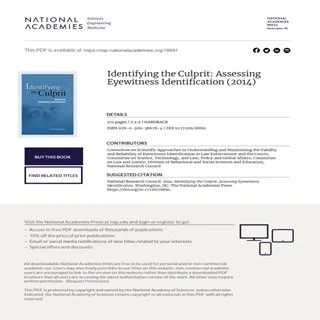By Sarah Monaghan, Kellyann Bock, Michael Rempel, & Olive Lu
Spanning more than four decades, how has the footprint of New York’s criminal legal system changed? This comprehensive report explores the changing landscape of law enforcement in New York State from 1980 to 2023. It analyzes trends in arrests, prosecutorial declinations, criminal convictions, and sentencing practices, with a focus on regional and racial disparities.
Key Takeaways
Statewide Arrest Trends
After varying patterns by charge and region from 1980 to 2010, arrest rates declined significantly from 2010 to 2020, with a modest resurgence from 2020 to 2023.
Misdemeanor arrests in NYC increased nearly fourfold from 1980 to 2010, dropped by 75% from 2010 to 2020 but rose by 40% from 2020 to 2023.
Felony arrests decreased across all regions from 1980 to 2020, with a modest uptick in recent years.
Charge-Specific Arrest Patterns
Drug arrests in NYC peaked at over 128,000 in 2000, before falling to under 18,000 in 2023.
Prostitution and fare evasion arrests in NYC saw drastic declines. Prostitution declined 99% from 1985 to 2023, and fare evasion declined 99% from 1994 to 2021, before a 2021-to-2023 uptick.
DUI remained a leading charge outside NYC, comprising 18%-19% of suburban and upstate misdemeanors in 2023.
Prosecutorial Declinations
After changing only modestly until 2017, district attorneys’ offices in the Bronx, Manhattan, and Brooklyn declined to prosecute increasing numbers of low level misdemeanor arrests from 2017 to 2023.
Select low level arrests for transit fare evasion, prostitution, trespass, and marijuana possession saw especially significant increases in declinations in the Bronx, Manhattan, and/or Brooklyn.
Sentencing Trends: Jail and prison sentences for misdemeanors and nonviolent felonies peaked around 2000 before decreasing significantly by 2023. Violent felony convictions increasingly resulted in prison sentences across all regions.
Racial and Ethnic Disparities: While shrinking in some areas since 1980 (e.g., felony arrest disparities narrowed), the study found that sizable Black-white and Hispanic-white disparities on most metrics examined.
New York:
Data Collaborative for Justice at John Jay College,
2024. 45p.





